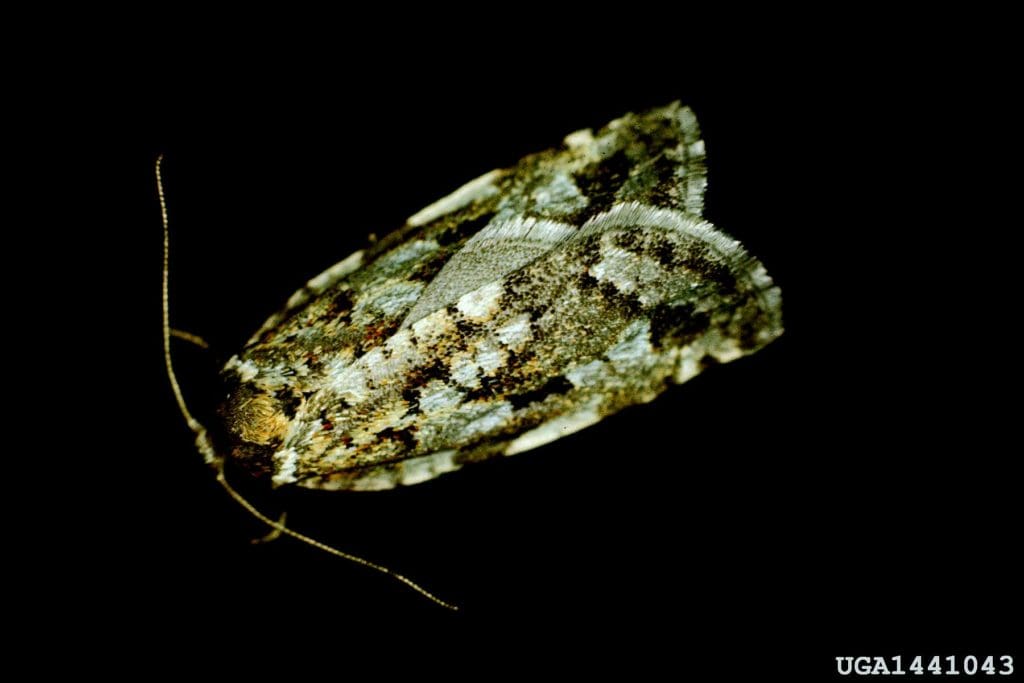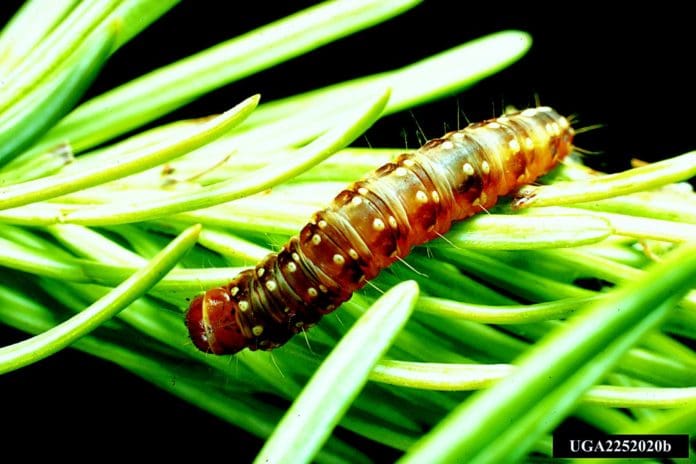Visitors to the North Shore are attracted by the seemingly timeless beauty of its forests. Beautiful as it is, the forest wasn’t always this way.
We all see the signs of trouble now. Many stately evergreen trees appear to have become everbrown. Every year there seem to be more birch trees dying. Balsam Fir and Spruce trees are dying, partly due to age but mostly due to the Eastern Spruce Budworm assisted by the drought conditions that prevailed up here in recent years.
The Arrowhead region of Minnesota was the last area in the state that was accessible for logging in the late 19th and early 20th century. Demand for the White Pine and Cedar boards that resided in North Shore forests was high throughout America.
Logging practices were not as sensitive to the environment in those days. The White Pine and Cedar trees were clearcut and floated across Lake Superior to mills in Wisconsin. Slash, which is the treetops, limbs and branches of the trees, were left behind on the forest floor.
“It was felt at the time that leaving the slash on the ground to burn would create fertile farmland,” said Mike Reichenbach, a Certified Forester, recently retired from the University of Minnesota Extension Service.
Those looking to settle the Arrowhead expected an agricultural boom. The fires eventually came, but farming never caught on.
According to the University of Minnesota Extension Service, the Spruce Budworm is a native forest insect that relies on balsam fir and spruce trees to sustain itself. There are large-scale outbreaks of the pesky critters every 30-40 years.
“The current outbreak is just starting,” Reichenbach said. “It will probably peak in two to three years and will last seven to eight years after that.”
Budworm outbreaks remain until much of the budworm’s food source is killed.
The budworm moths, tiny and colored a light tan, mate and drop eggs in July on fir and spruce needles. They may each lay up to ten egg masses before dying out in the summer.
Larvae emerge from these masses and quickly disperse on strands of silk blown across the landscape. After overwintering, the larvae feed on new foliage growth in May and June, leaving a web of partially eaten needles on branch tips. These webs are a reddish-brown color.
You may first notice an infestation on the outer branches in the upper crown of spruce and fir trees. Long-term damage to the tree happens in just a few seasons, and additional years will prove fatal.
The Minnesota Department of Natural Resources estimates that budworms defoliate 94,500 acres yearly.
Spraying can help save spruce and fir trees that are in private yards. The UofM Extension Service and DNR can assist homeowners in finding a contractor to do the spraying. The spray must be applied at the top of the tree, making the task difficult for the DIY.
Another management strategy is commercially thinning healthy stands of spruce and fir to retain trees with a greater than 40% live crown ratio.
According to Reichenbach, Balsam Fir is a tree species without much economic value.

The Balsam Fir is harvested most often for pulp before they are 55 years old. They will reach mature size in 15 to 30 years and if not harvested or infected could live for more than a century.
The fires that followed the clear cutting of a century ago were quite large in area, but varied in intensity. Opportunistic birch trees came into the forest area after the fires.
Birch trees live around 40 to 50 years, but it’s not unusual they would die in 20 years or less. The thin soil of the north shore is not conducive to birch trees. The current die off of birch trees is caused by the age of the tree, thin and dry soil, and drought.
Vulnerable birch trees are most likely to die two to three years after drought events.
“Balsam growth exploded in the areas that were lightly burned,” Reichenbach said. “Over the last 40 years, Balsam Fir has become much more prevalent.”
They are also most susceptible to the ravages of the Spruce Budworm.
If not removed, dead and dying trees become a fire hazard around homes and businesses, contributing to an increased fire risk.
The UofM Extension Service is hosting a workshop titled Understanding spruce budworm in Minnesota’s forests on August 22 from 10 am to 11:30 am. You may access the workshop online or attend in person at the Cook County Higher Education Building in Grand Marais.
Attendees will learn about the identification, impact and management of spruce budworms. It will include discussion of the resources available through Cook County Firewise and Cook County Soil and Water Conservation District for responding to spruce budworms.
The workshop focuses on spruce budworm at a forest health scale, but will also contain information relevant to those concerned about budworm impacts in yards of all sizes. More information can be found on the Extension Service website ( https://extension.umn.edu/ event/understanding-spruce-budworm-minnesotas-forests-0 ).








